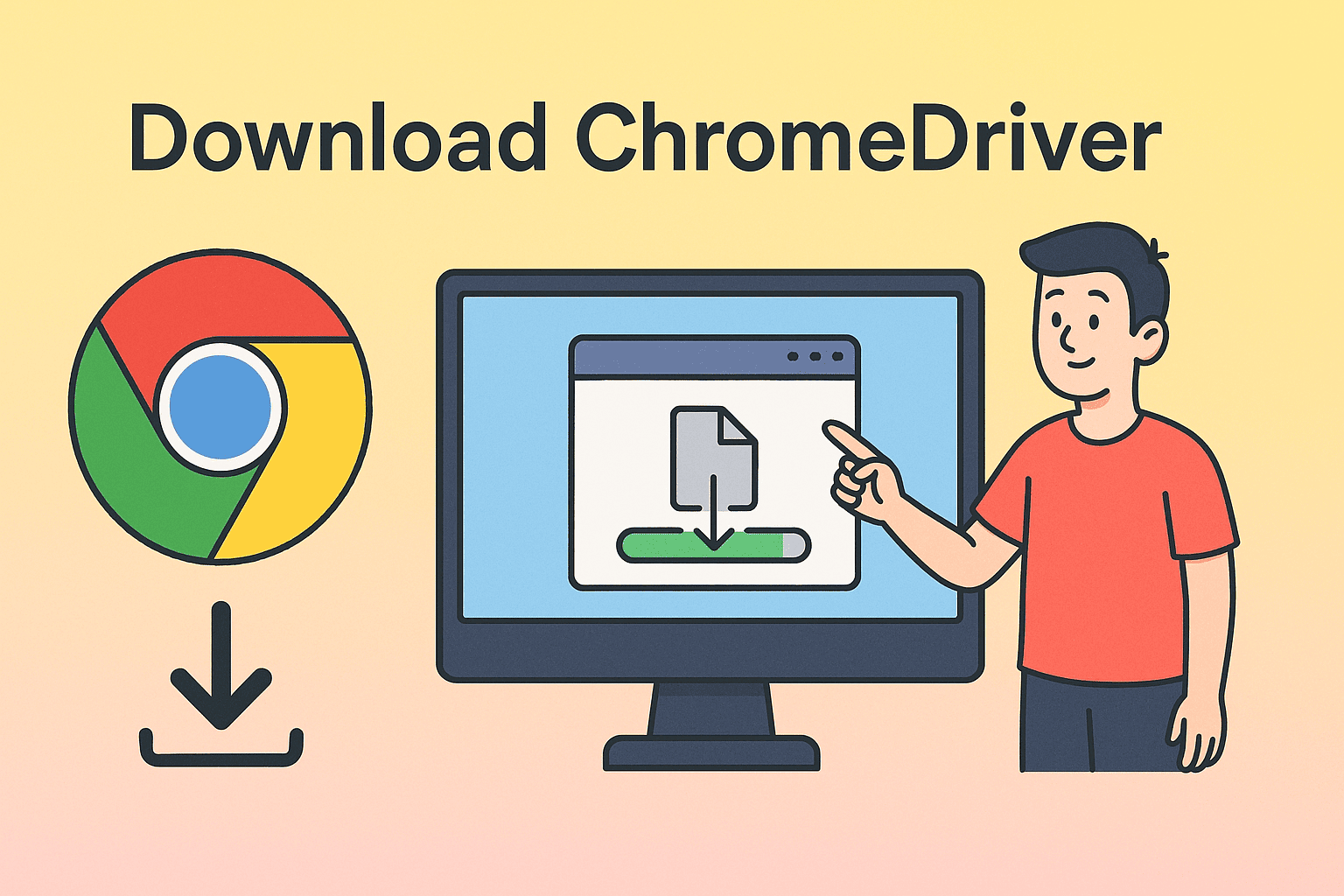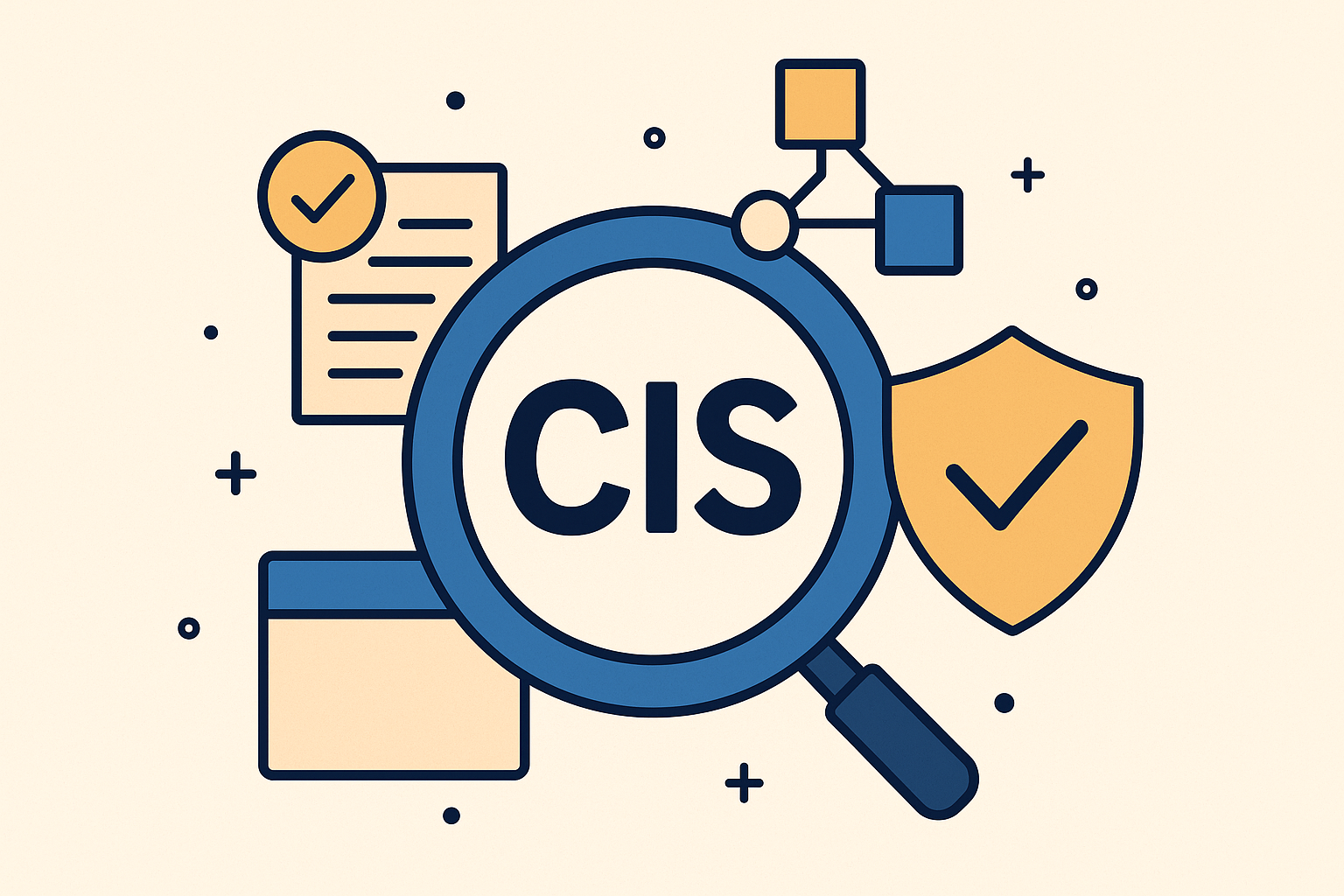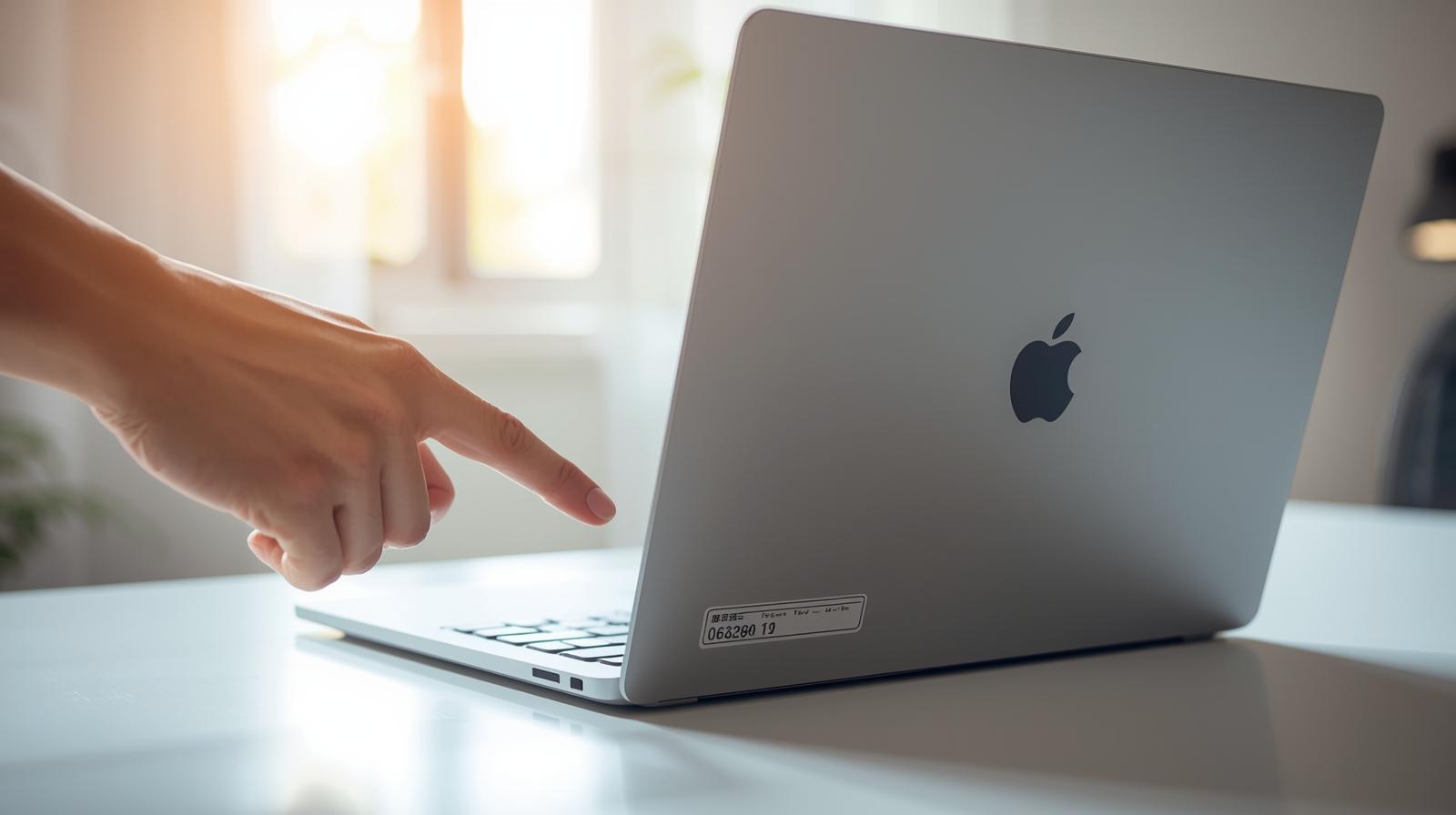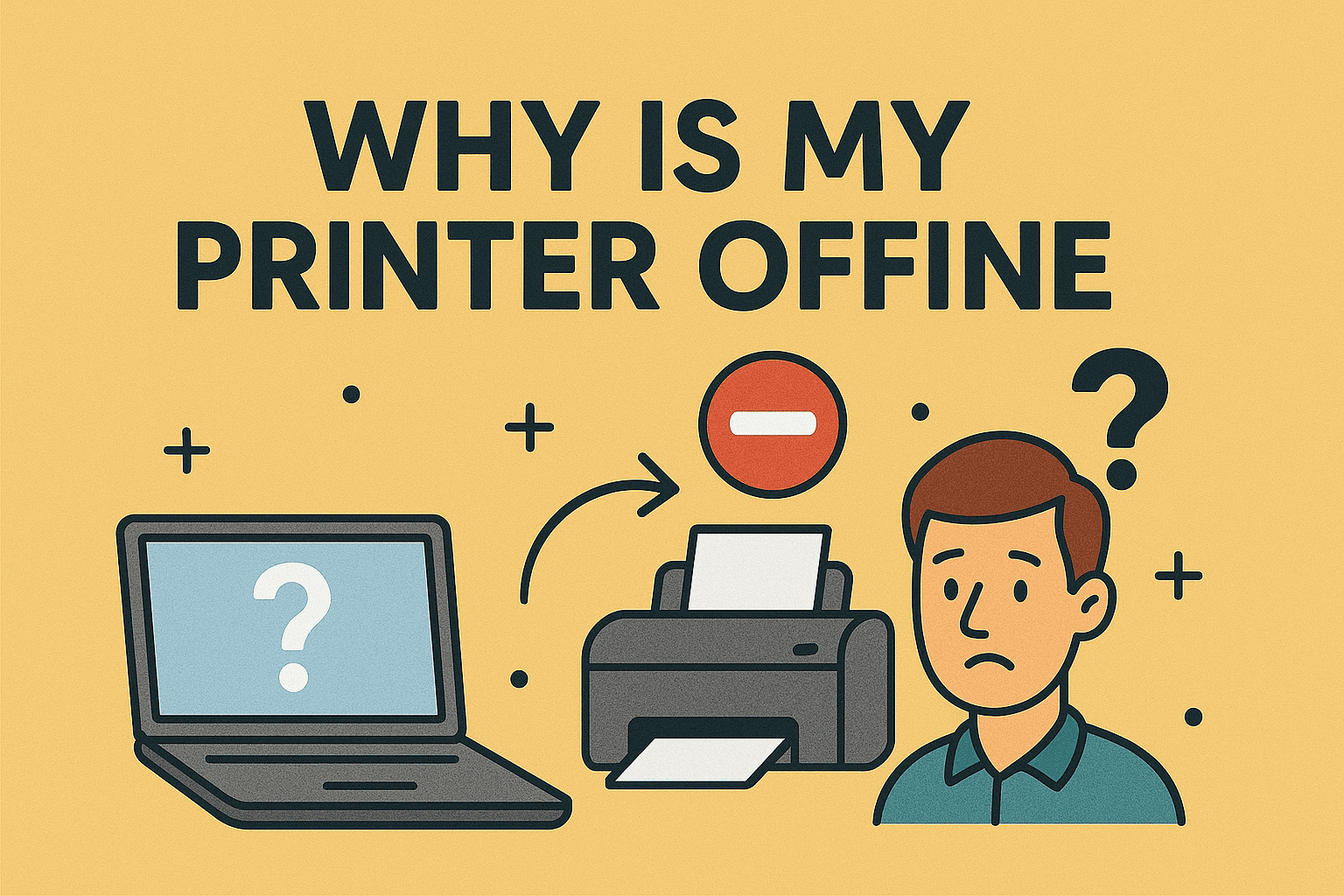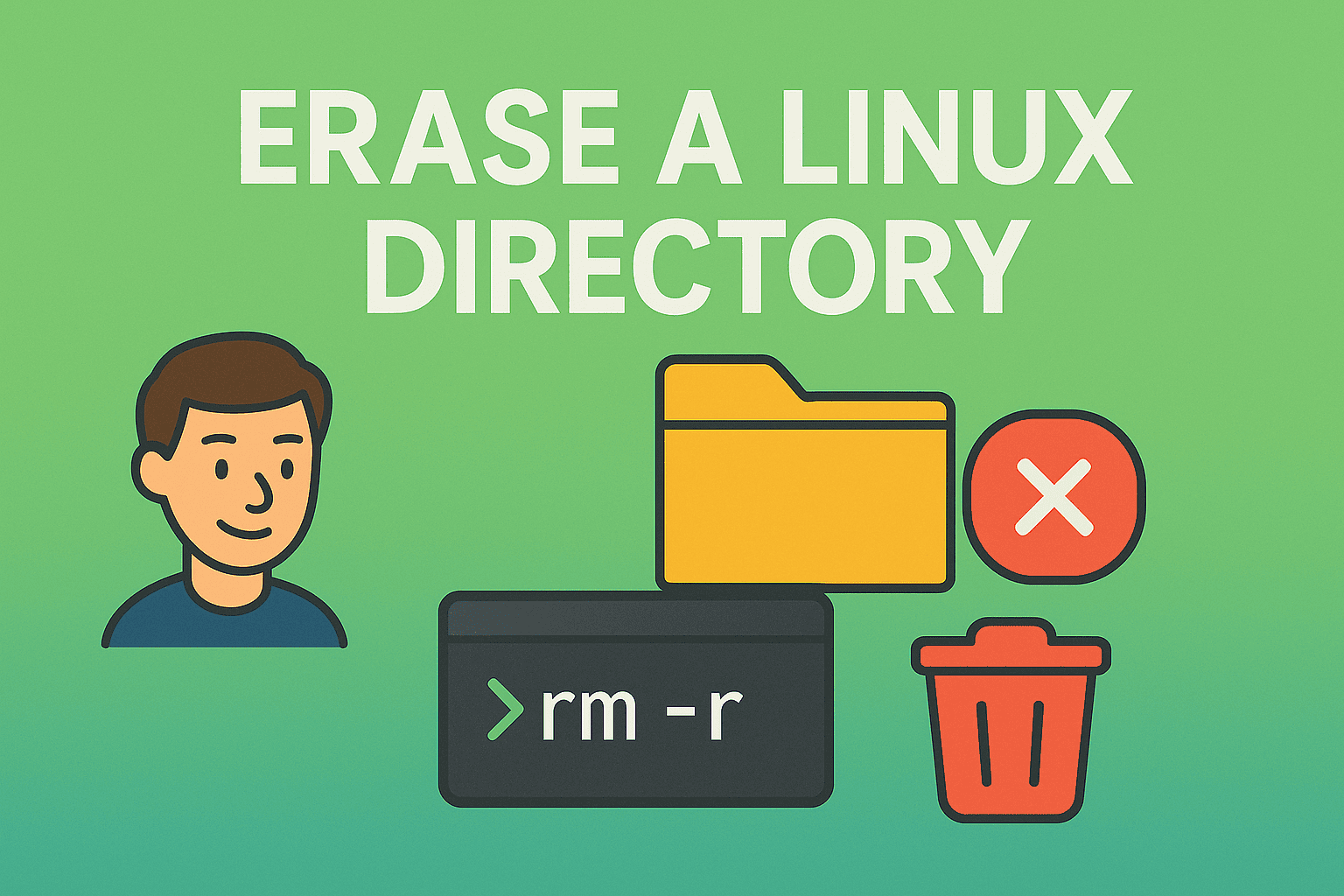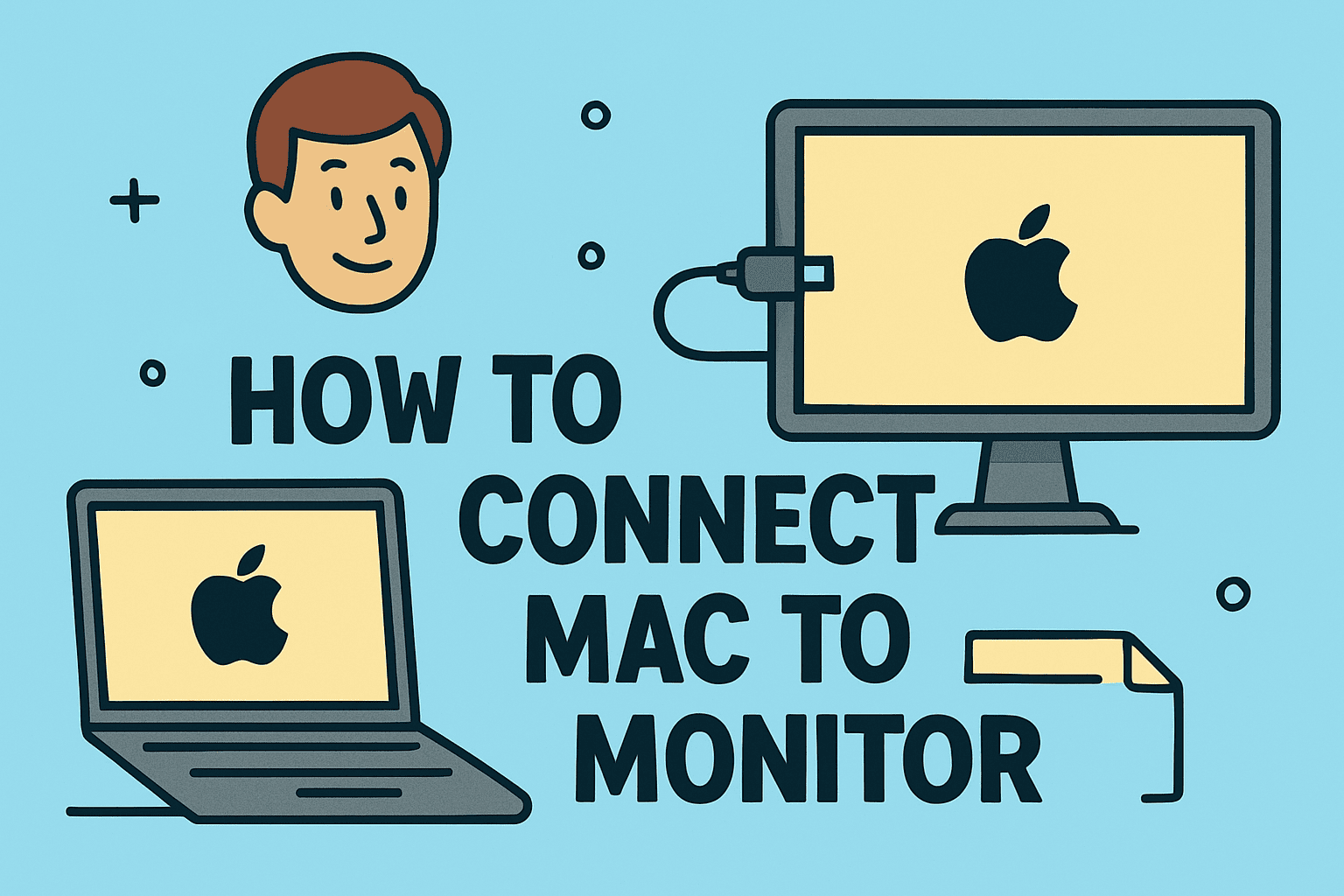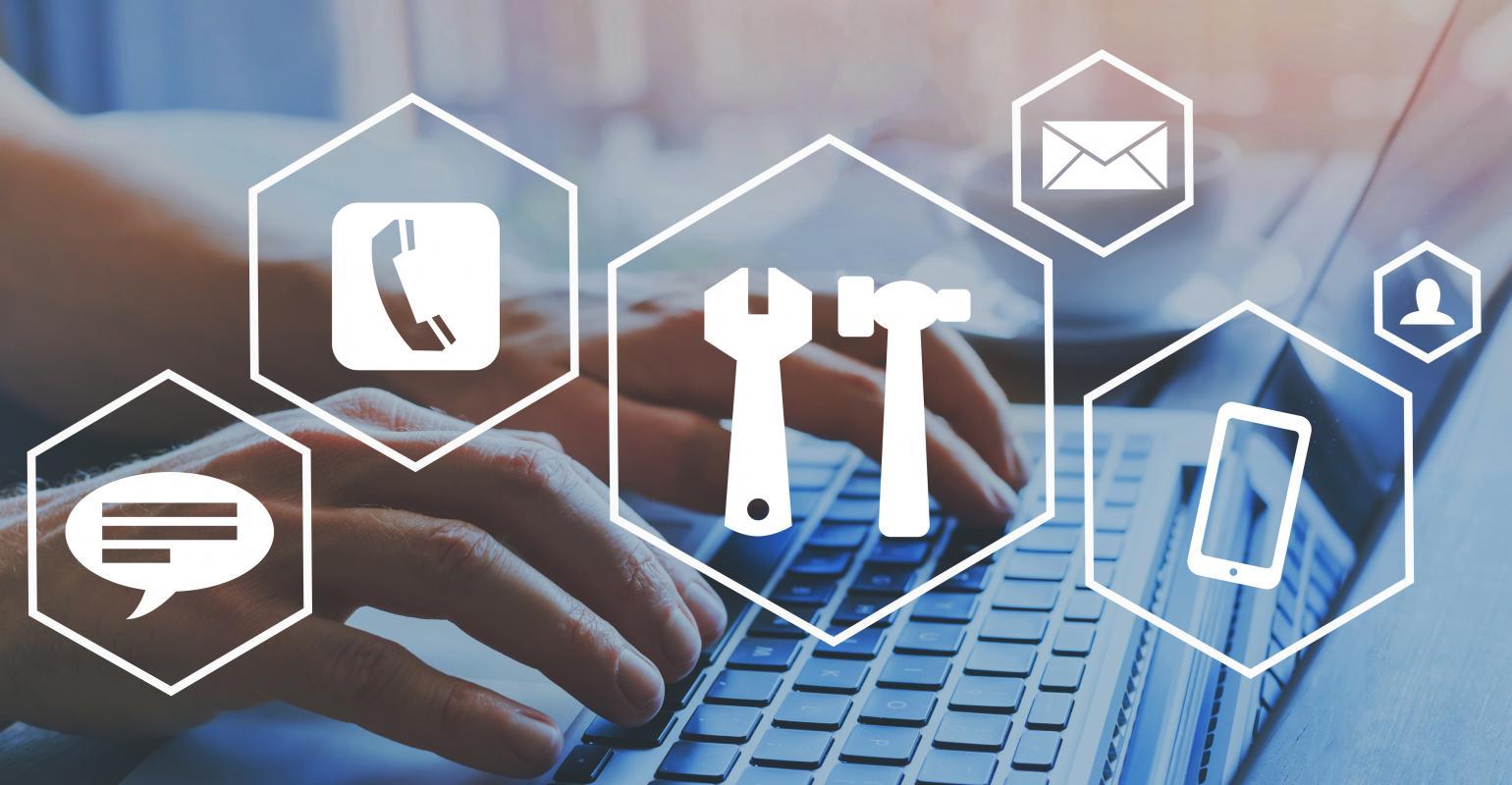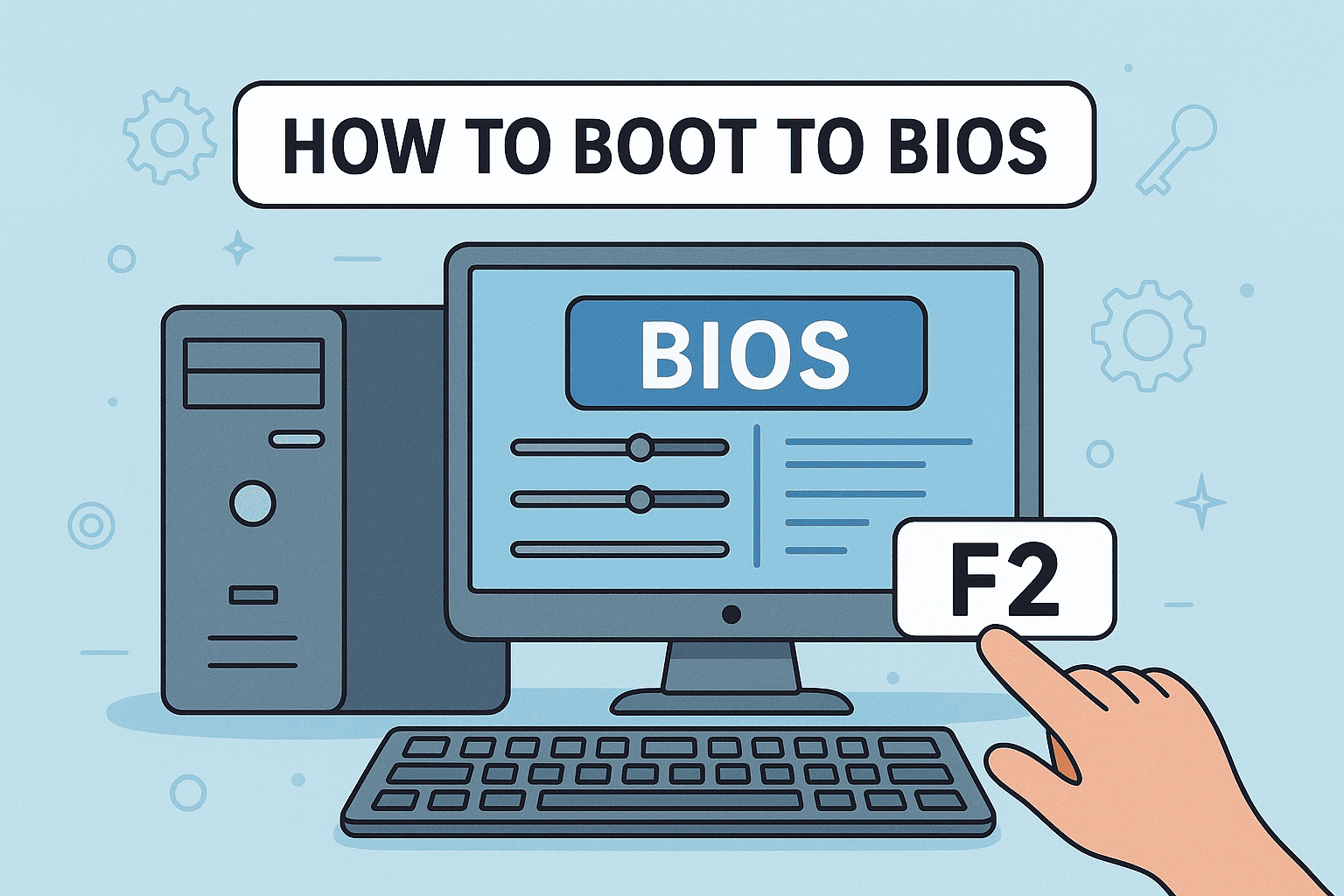Installing Linux on a Chromebook: A Complete Walkthrough
Updated on October 7, 2025, by ITarian
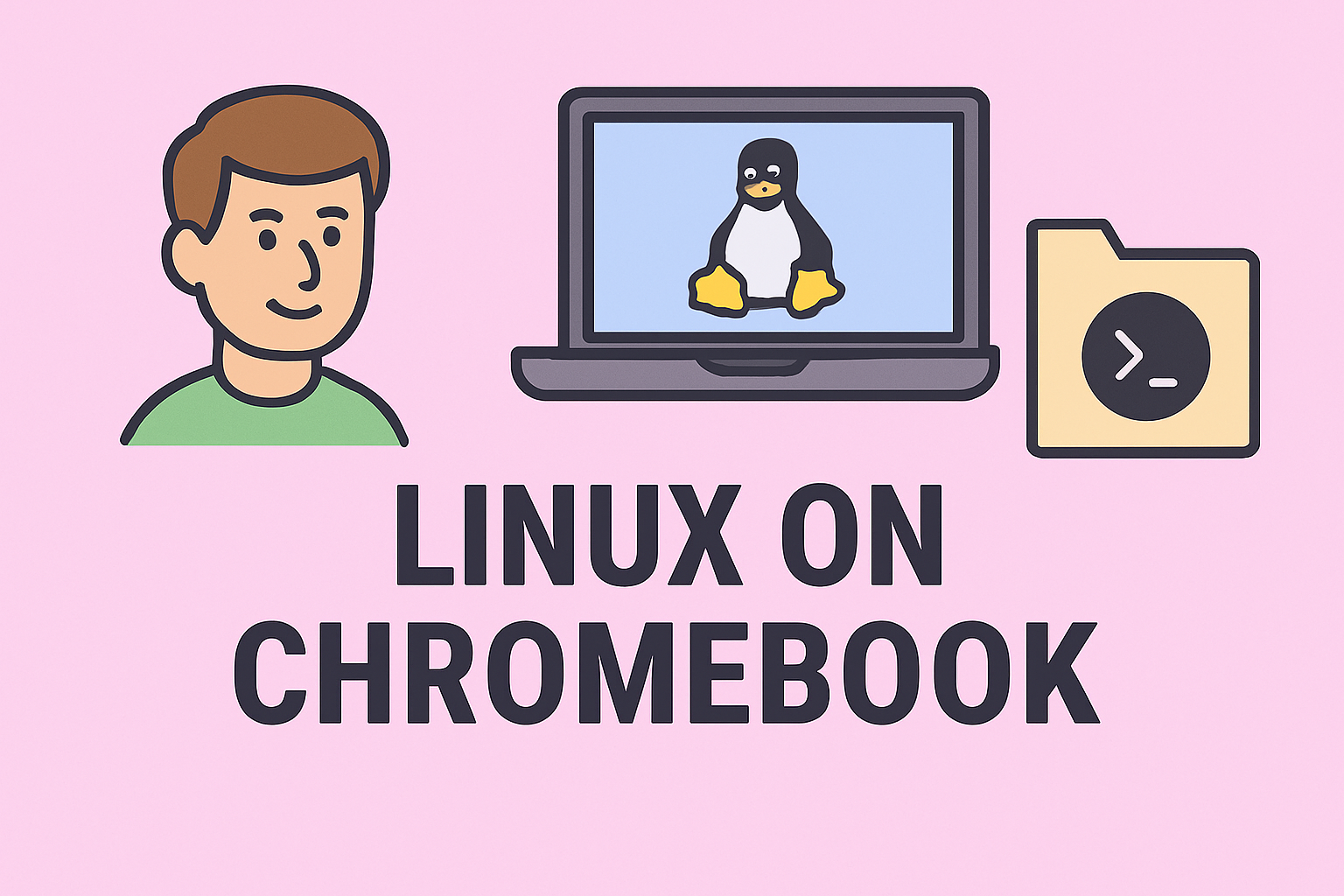
Ever wondered if your Chromebook could do more than run web apps? You’re not alone. Many professionals — especially in IT and cybersecurity — are realizing that Chromebooks can be much more powerful once Linux is enabled.
In this article, we’ll explain how to get Linux on Chromebook safely and efficiently. You’ll learn why it’s useful, what precautions to take, and how to use Linux apps alongside Chrome OS. Whether you want to code, manage servers, or just unlock more productivity, Linux can transform your Chromebook into a versatile workstation.
Why Install Linux on a Chromebook?
Chromebooks are known for their speed, simplicity, and security — but they have limitations. By installing Linux, you can bridge that gap and gain access to a more flexible environment.
Here’s why it’s worth considering:
-
Run professional software: Access tools like Visual Studio Code, GIMP, and LibreOffice.
-
Developer-friendly: Ideal for coding, running scripts, and managing networks.
-
Enhanced control: Linux gives you terminal-level access for deeper system management.
-
Offline functionality: Linux apps often work without an internet connection.
-
Better security and privacy: Open-source tools and stronger system control.
In short, enabling Linux transforms a Chromebook from a lightweight web device into a productivity powerhouse — perfect for IT pros and cybersecurity specialists.
Check if Your Chromebook Supports Linux
Not all Chromebooks support Linux, so before proceeding, check if yours is compatible.
1. Chrome OS Version
-
Your Chromebook must be running Chrome OS 69 or later.
-
To check:
-
Go to Settings > About Chrome OS > Additional Details.
-
Ensure your device is up to date.
-
2. Hardware Compatibility
Most Chromebooks released after 2019 support Linux natively.
To verify:
-
Go to Settings > Advanced > Developers.
-
If you see an option for Linux development environment, your device supports it.
If the option isn’t available, your Chromebook may require Developer Mode or a custom firmware installation (we’ll cover that below).
How to Get Linux on Chromebook Using Built-in Support
The easiest and safest way to install Linux on modern Chromebooks is through Chrome OS’s built-in Linux feature, also known as Crostini.
Follow these steps carefully:
Step 1: Enable Linux Development Environment
-
Click the time in the lower-right corner of your screen.
-
Open Settings.
-
Scroll down and select Advanced > Developers.
-
Click Turn On next to the Linux development environment.
-
Choose Install when prompted.
Chrome OS will now download and set up a Debian-based Linux container. This process may take several minutes.
Step 2: Set Up the Terminal
Once installed, a Terminal window will open automatically.
You can use this to install and manage Linux software via command-line instructions.
To confirm installation:
-
Type:
and press Enter.
-
If no errors appear, your Linux setup is working perfectly.
Step 3: Install Linux Applications
Now you can install your favorite Linux programs. For example:
-
Visual Studio Code:
-
GIMP (image editor):
-
LibreOffice (office suite):
Each app will appear in your App Launcher under “Linux apps.”
Step 4: Manage Files Between Chrome OS and Linux
By default, Linux has limited access to your files.
To share folders between systems:
-
Open Files on your Chromebook.
-
Right-click any folder.
-
Select Share with Linux.
This lets Linux apps access documents, downloads, or project files seamlessly.
How to Get Linux on Older Chromebooks (Using Developer Mode)
If your Chromebook doesn’t have built-in Linux support, you can still install it manually.
This method uses Developer Mode and a tool called Crouton.
⚠️ Warning: This process disables verified boot and may affect system security. It’s recommended for advanced users or IT professionals only.
Step 1: Enable Developer Mode
-
Press Esc + Refresh + Power simultaneously to reboot into recovery mode.
-
When you see the recovery message, press Ctrl + D.
-
Press Enter to confirm.
Your Chromebook will reboot and enter Developer Mode — this can take around 10 minutes.
Step 2: Download Crouton
-
Open Chrome and visit the Crouton GitHub page.
-
Download the latest Crouton script.
-
Press Ctrl + Alt + T to open the Crosh terminal.
-
Type:
and press Enter.
Then, install Linux by running:
This installs the XFCE desktop environment, which is lightweight and works great on Chromebooks.
Step 3: Launch Linux
Once installation finishes, start Linux with:
You’ll now be inside your Linux desktop, running side-by-side with Chrome OS.
To switch between Chrome OS and Linux:
-
Press Ctrl + Alt + Shift + Back/Forward.
Step 4: Update Linux
Keep your Linux environment secure and up-to-date:
This ensures you’re running the latest software and security patches.
Installing Linux Apps via Flatpak or Snap
Once Linux is running, you can expand functionality with Flatpak or Snap, two universal app managers for Linux.
To Install Flatpak:
Then restart your Linux terminal and install apps like:
To Install Snap:
Snap gives you access to tools like Slack, Spotify, and Docker — right from your Chromebook.
Tips to Optimize Linux Performance on Chromebook
Linux can consume extra system resources, especially on lower-end devices. Here’s how to keep it running smoothly:
-
Close unnecessary tabs: Chrome OS runs alongside Linux, so free up memory.
-
Use lightweight apps: Choose XFCE or LXDE desktop environments for older Chromebooks.
-
Limit background processes: Disable auto-updates for non-essential tools.
-
Expand storage: Use an external drive or cloud storage for large files.
These small optimizations can significantly improve speed and stability.
Security Considerations When Running Linux on Chromebook
Security is one of Chromebook’s strongest features, and you’ll want to maintain that when using Linux.
Follow these best practices:
-
Keep Chrome OS updated — updates include security fixes for both systems.
-
Avoid Developer Mode unless necessary — it reduces sandboxing protections.
-
Use trusted repositories only when installing packages.
-
Back up your Linux container regularly.
For cybersecurity professionals, Linux on Chromebook can be a secure testing ground for tools and scripts when handled properly.
Troubleshooting Common Issues
1. Linux Option Missing in Settings
Your Chromebook may not support Linux natively. Try switching to Developer Mode or updating Chrome OS.
2. Terminal Not Launching
Restart your device and ensure Linux development environment is enabled. You may need to remove and reinstall it.
3. Apps Not Appearing in Launcher
Some apps installed via terminal don’t auto-create shortcuts. You can launch them from the terminal manually or create desktop entries.
4. Storage Running Low
Move large files out of the Linux container and into your Google Drive or external drive.
Benefits of Running Linux on Chromebook for Businesses
For organizations, deploying Linux on Chromebooks offers several advantages:
-
Cross-platform compatibility: Run essential development or security tools.
-
Cost efficiency: Use affordable Chromebooks with enterprise-grade functionality.
-
Enhanced privacy: Linux reduces reliance on proprietary software.
-
Remote management: Ideal for IT departments managing secure workflows.
Many IT managers use Linux-enabled Chromebooks to perform network diagnostics, manage cloud resources, or test cybersecurity tools.
FAQs About Getting Linux on Chromebook
1. Is installing Linux on a Chromebook safe?
Yes, if you use the built-in Linux (Crostini) method. Developer Mode methods are less secure but still manageable with proper precautions.
2. Can I remove Linux later?
Absolutely. Go to Settings > Advanced > Developers > Remove Linux development environment.
3. Does installing Linux slow down my Chromebook?
Not significantly. However, using heavy applications may affect performance on older models.
4. Can I use both Chrome OS and Linux together?
Yes — Chrome OS remains active while Linux runs in a container. You can switch seamlessly between both.
5. Which Linux apps are best for Chromebooks?
Popular apps include Visual Studio Code, GIMP, LibreOffice, VLC, and Terminator for terminal management.
Final Thoughts
Learning how to get Linux on Chromebook opens a world of possibilities. You can run professional-grade tools, develop software, or manage servers — all from a lightweight and secure device.
Whether you’re an IT manager optimizing workflows or a cybersecurity expert testing scripts, Linux gives your Chromebook the versatility of a traditional PC without losing Chrome OS simplicity.
Ready to Enhance Your Digital Productivity and Security?
Empower your systems with smarter, faster, and more secure endpoint management solutions.
Sign up now at Itarian.com to boost performance and streamline your IT operations.



